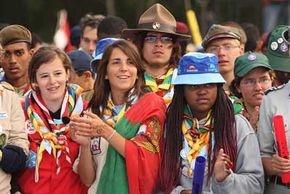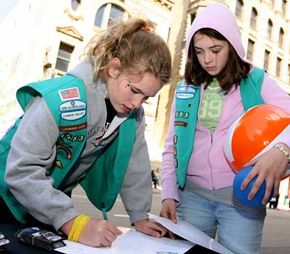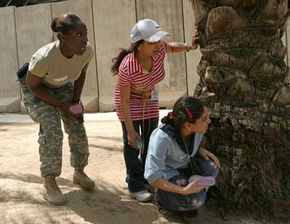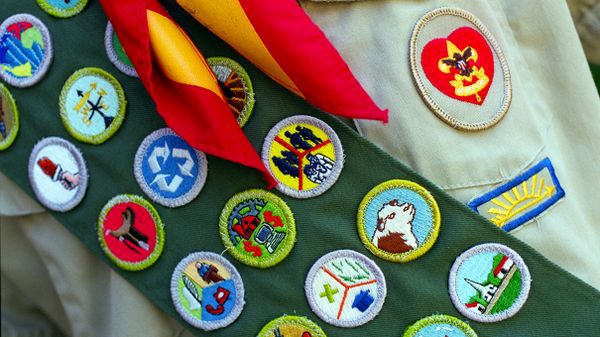The Girl Scouts of America is a nonprofit organization that was founded in 1912 by a woman named Juliette Gordon Low. Low was raised in a well-to-do Southern American family and was lucky enough to receive a more thorough education than many of her peers. After a brief and unhappy marriage, she was searching for something meaningful to do with her life. When she met Sir Robert Baden-Powell at a luncheon in England, she was captivated by his idea for the Boy Scouts and Girl Guides in England. She liked the concept of teaching young girls outdoor skills, bringing them together to socialize and helping them to develop leadership skills. So she decided to create a similar club for girls in the United States. Low's first Girl Scout troop included 18 girls, and they met in her hometown of Savannah, Ga.
The Girl Scouts of America has come along way from that tiny troop in Georgia. Today, it has over 50 million alumnae, and each year, 2.7 million girls and nearly 1 million adults participate in scouting activities. There are over 236,000 troops in the United States, U.S. territories and 90 other countries.
Advertisement
Though the numbers have surely increased, the baseline Girl Scout activities remain largely the same. In the early years, Low taught the girls how to tell time by watching the stars, took them hiking and camping, and led them in service projects for the community. Today, girls engage in the same activities -- camping, hiking and community service.
A Girl Scout is between the age of five and 17. The Girl Scout program further divides the scouting program into smaller groups, with activities and badges tailored to each. Depending on your age, you may join the Daisy Scouts, Brownies, Junior Scouts or Girl Scouts 11-17, a group formerly known as Cadette, Senior and Ambassadors.
Advertisement





